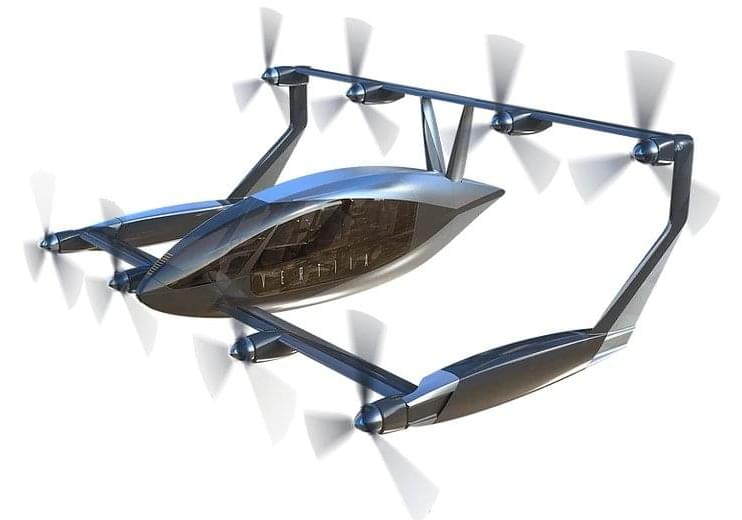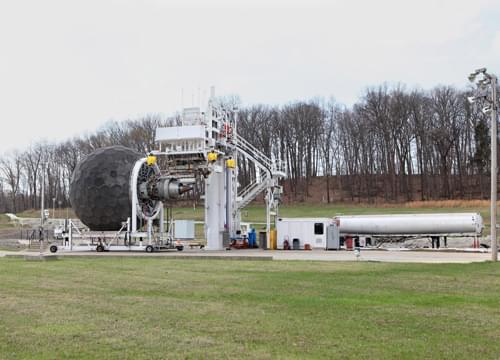Australian company AMSL Aero is preparing to start flight tests on what it claims will be the world’s most efficient eVTOL design, and one of the most affordable. This box-wing beauty, the Vertiia, will travel up to 1,000 km (620 miles) on a tank of hydrogen, carrying five people or 500 kg (1,100 lb) of cargo at a quick cruise speed of 300 km/h (186 mph).
First emerging from stealth mode late last year, AMSL has a unique design, a prototype nearly ready to fly, and a target date of 2024 to get its aircraft certified and into production. Its small team has achieved an impressive amount on a shoestring budget, and it’s now raising another round of funding to finance flight testing and pre-production as it moves toward the certification process.
We spoke to co-founder Andrew Moore to learn more about this fascinating aircraft, and how Vertiia plans to stand out in a global emerging eVTOL air taxi market that’s starting to look comically crowded. What follows is an edited transcript.








